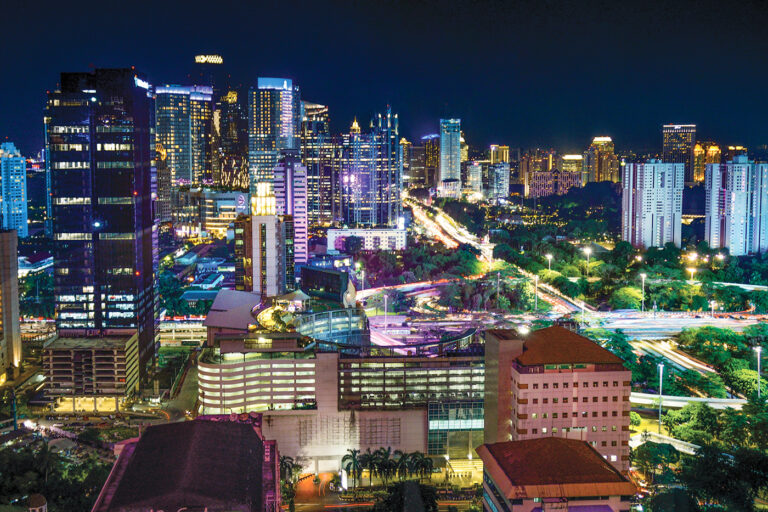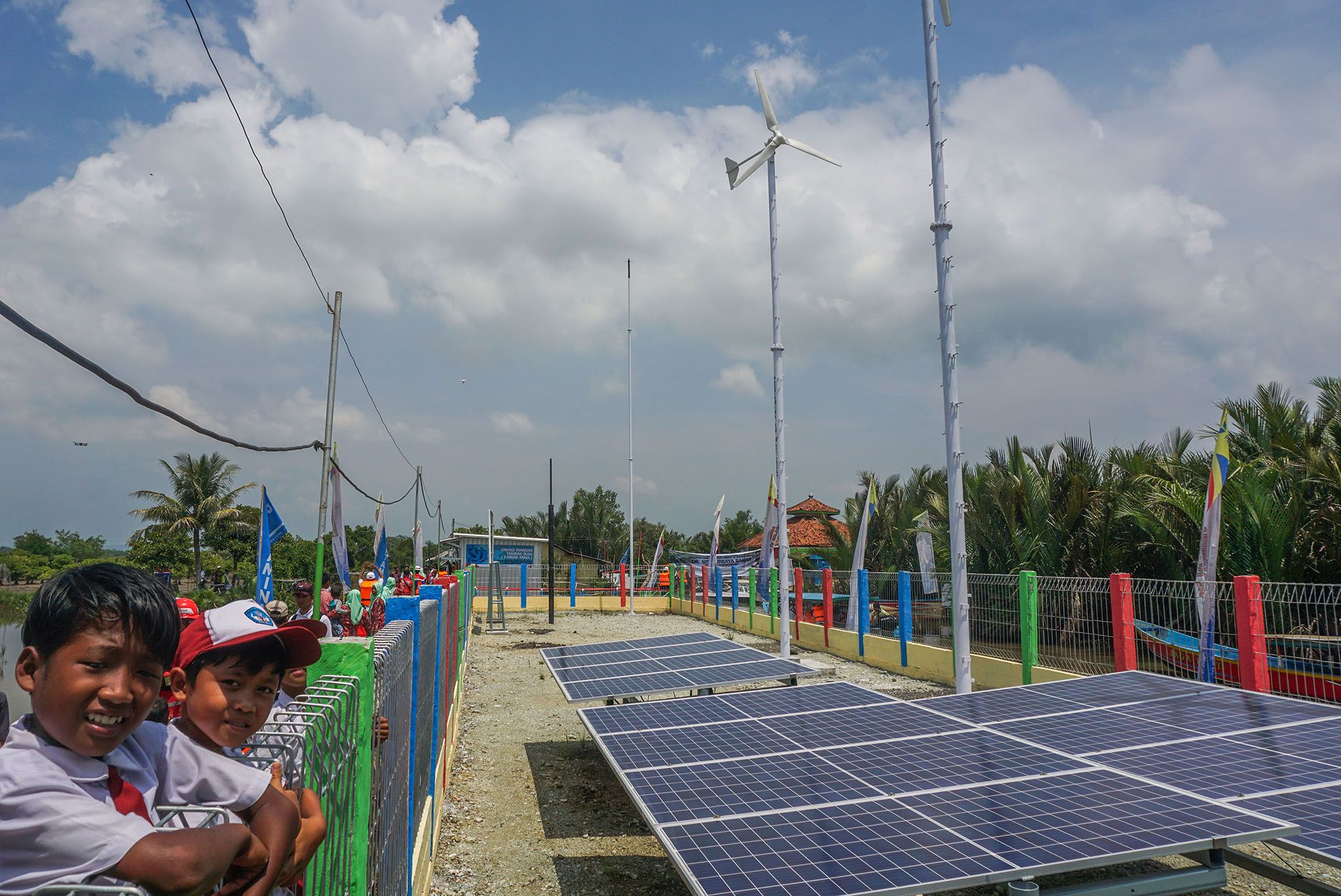Original article was published on Climateworks blog
Indonesia is among the top 10 greenhouse gas emitting countries globally, and is the largest economy within Southeast Asia, one of the fastest-growing regions in the world. As a rapidly developing country (the World Bank upgraded it to upper-middle-income status earlier this year) with the world’s fourth-largest population, Indonesia is a key country for deep decarbonization strategies to meet the mid-century goals of the Paris Agreement. The development pathway Indonesia chooses for itself will have broad ramifications for the Southeast Asian region and the rest of the world. While Indonesia is not on track to reduce greenhouse gas emissions in line with the goals of the Paris Agreement, there are many opportunities for Indonesia to enhance its climate ambition and avoid locking itself into a high-carbon development pathway with environmental degradation and stranded assets. By pursuing the right policies today, Indonesia can emerge from the Covid-19 pandemic with a vibrant economy without sacrificing its environment.
Why climate action
Climate action is important for Indonesia both to reduce its exposure to the physical risks of climate change and to realize the social and economic benefits associated with reforms across key sectors. With 81,000 km of coastline across its many islands, Indonesia is vulnerable to sea-level rise and saltwater intrusion, which may impact freshwater availability and agricultural production in conjunction with changes in precipitation patterns. At the same time, Indonesia has a large youth population, is busy building infrastructure, and has maintained solid economic growth for a number of years. If Indonesia wishes to escape the middle-income trap and continue its upward trajectory, it needs to move beyond natural resource extraction and invest in the industries of the future. Fortunately, there are many options that a forward-looking policymaker could advocate for. The five actions outlined below are not exhaustive, but are among the many positive steps Indonesia could incorporate into an update to its Long-Term Strategy to enhance its climate ambition and promote a sustainable recovery.
1. Decarbonize land transport
Transportation — both personal mobility and freight activity — is not only the largest source of energy demand in Indonesia, it is also responsible for dangerous levels of local air pollutants that reduce life expectancy in Indonesia by over one year on average. Electrification of two-wheelers, buses, cars, and trucks, and more stringent fuel economy standards for fossil-powered vehicles will drastically improve air quality and health outcomes while reducing greenhouse gas emissions from transport. Fortunately, the government recognizes the importance of clean transportation and President Joko Widodo has issued presidential regulations in 2019 and 2020 that set targets for electric vehicle adoption and provide incentives for local electric vehicle production.

2. Enable low-carbon industry
While Indonesia should be congratulated on recently reaching upper-middle-income status, there are warning signs for the economy that merit a considered policy response. After rapidly increasing through the early 2000s, foreign direct investment into Indonesia has stagnated over the last several years and the economy is still highly dependent on extractive industries such as crude palm oil and coal production. Escaping the middle-income trap will require a concerted effort to promote the industries of the future that will allow for Indonesia to be competitive on the global stage. Leveraging its world-class nickel and copper deposits, Indonesia is hoping to become a hub for battery electric vehicles, which would both stimulate domestic manufacturing and help reduce Indonesia’s transportation emissions. Likewise, the nascent domestic renewable energy industry needs support to scale, and other industrial concerns in the country need to increase their energy efficiency to be competitive in the global market.
3. Scale social forestry
By empowering local communities to manage and use their forest resources, social forestry has been shown to reduce illegal logging practices and forest fires from slash-and-burn agriculture. Agroforestry and other sustainable utilizations of the forest can provide jobs for smallholders while maintaining carbon stocks through responsible forest management. The expansion of government initiatives to provide community assistance is an opportunity to increase the benefits from the social forestry program in Indonesia.
4. Promote energy-efficient buildings and appliances
Indonesia is one of the world’s great untapped markets for energy efficiency. For the most part, standards and codes regulating the energy use of buildings and appliances are well behind global and regional best practices. Developing and implementing more stringent standards and incentivizing energy efficiency retrofits would enable a wide array of benefits to Indonesian households, including lower energy consumption costs, better indoor air quality and improved thermal comfort. Benefits would also accrue to society at large from lowering peak electricity demand (limiting the need to build more power plants) and wide-scale job creation for energy entrepreneurs and trade workers (construction, electricians, installation, etc.).

5. Ensure quality electricity access
While over 95% of Indonesians have some access to electricity, ensuring quality access will improve the health and economic opportunities of Indonesians while reducing greenhouse gas emissions. The state-run electrification program often uses diesel generators to provide electricity in rural areas, which is highly polluting to local air as well as unreliable and expensive. Replacing diesel generators with distributed renewable energy will result in immediate health benefits while, over time, quality and sustainable electricity access can help power economic activity in rural areas where poverty rates are disproportionately high.
Conclusion
From electrifying transportation to the development of social forestry and low-carbon industries, there are many opportunities that can help Indonesia recover from the Covid-19 pandemic, achieve its development priorities, and improve the health of local communities while delivering significant climate co-benefits. Instead of locking in a future with high-carbon infrastructure, stranded assets, and deadly air pollution, Indonesia still has the opportunity to choose another path — one that combines low-carbon economic opportunities with clean air and climate protection.

